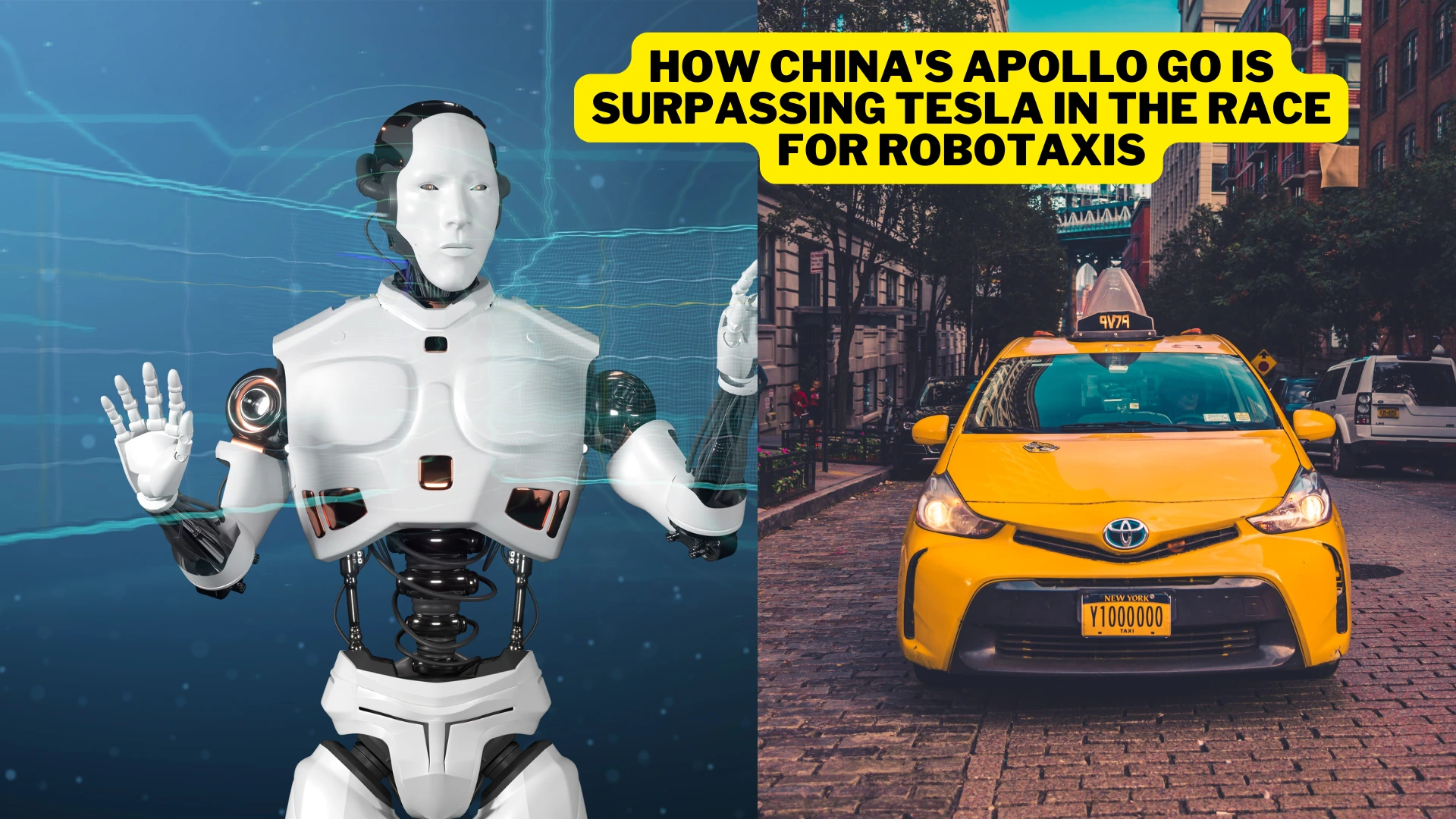Autonomous vehicles are heralded as the future of transportation, designed to make travel more convenient and efficient. Yet, for Baidu’s Apollo Go, a Chinese tech giant’s robotaxis service, the reality still has some rough edges.
When a user in Wuhan tested the service, they had to make their way to a specific pick-up location and end the trip at a designated drop-off point, more like riding a bus than hailing a traditional taxi.
However, despite these inconveniences, Apollo Go has managed to captivate users and is rapidly expanding across China.
Apollo Go’s Rapid Expansion Across Chinese Cities
Launched in Wuhan in 2022, Apollo Go has quickly grown in popularity and scale. The service now operates in ten additional cities across China and has performed over 6 million rides since its inception.
In Wuhan alone, the service boasts over 400 autonomous vehicles, and Baidu aims to increase this number to 1,000 by the end of this year.
What makes Apollo Go unique is the technology and infrastructure behind its fleet. Baidu partners with Chinese car manufacturers like Hongqi and Arcfox, who produce the vehicles, while Baidu supplies cutting-edge autonomous driving technology.
Most of the cars in the fleet are equipped with “level four” autonomy, meaning the cars can navigate most driving conditions without human intervention.
However, the technology still has limitations—like in parking garages—leading to the need for specific pick-up and drop-off points.
Price Advantage: The Key to Apollo Go’s Success
One of the primary reasons for Apollo Go’s growing popularity is its extremely low cost. A recent 11-minute ride cost a user just 9.84 yuan, or roughly $1.35.
This astonishingly low fare is heavily subsidized by Baidu, which currently covers around 60% of the ride’s cost.
While this pricing model isn’t sustainable long-term, Baidu anticipates that the service in Wuhan will break even by the end of this year and even turn a profit by 2025.
The reason behind this optimism lies in falling costs. Baidu’s latest sixth-generation vehicle, which they unveiled in May, costs less than half the price of its predecessor.
With a more mature supply chain and increasing scale, Baidu is spreading its technology development costs over a larger fleet, further reducing per-vehicle costs.
This efficiency, paired with advanced technology, is making autonomous vehicles an increasingly viable option.
The Challenge for Traditional Taxi Drivers
While riders are celebrating the convenience and affordability of robotaxis, the impact on taxi drivers is less rosy.
In Wuhan, where Apollo Go is rapidly expanding, local cab drivers are already feeling the heat. Some express admiration for Baidu’s technological achievements, while others voice concerns that their jobs may soon be rendered obsolete.
One driver remarked that job losses in the industry are “already happening,” while a local taxi company went so far as to issue a public letter warning of the looming threat to employment posed by autonomous cars.
This concern is understandable given the sheer number of people employed in the industry. China’s taxi workforce includes about 10 million drivers, 7 million of whom work for ride-hailing platforms like Didi, often after losing jobs in other sectors.
As autonomous driving becomes more common, it remains to be seen how sympathetic the Chinese government will be to the plight of these drivers.
On one hand, China’s leaders are eager to position the country as a leader in emerging industries like autonomous driving.
On the other hand, the widespread displacement of workers could present a significant challenge to social stability.
The Global Robotaxi Race: Where China Leads, Others Struggle
While China’s Apollo Go is making strides, the global race to develop robotaxis has been much slower. In the United States, for example, General Motors’ Cruise autonomous vehicle program has faced significant setbacks.
Last year, Cruise suspended operations after one of its vehicles was involved in an accident that injured a pedestrian in San Francisco, leading California to revoke its operating license.
Although Cruise recently announced plans to restart its services in cities like Dallas, Houston, and Phoenix, human supervisors will still be required to oversee the vehicles—a clear indication that full autonomy remains a challenge.
Tesla, the American electric vehicle giant, has also hit delays. The company recently postponed the unveiling of its robotaxi from August to October.
However, the Chinese government has extended an invitation to Tesla to test its robotaxis in China. If Tesla takes up the offer, it could provide stiff competition for Apollo Go—but also lead to further concerns from China’s taxi drivers.
The Future of Robotaxis: A Battle Between Innovation and Employment
As Baidu continues to advance its Apollo Go service, the implications extend far beyond the streets of Wuhan.
Autonomous driving represents a significant technological breakthrough, but it also raises questions about the future of employment in the transportation sector.
China’s government is eager to support the development of autonomous vehicles and gain a competitive edge in this burgeoning industry.
In June, Beijing introduced new regulatory guidelines aimed at making the autonomous driving industry more transparent and predictable.
These regulations will likely smooth the path for further advancements in robotaxi technology and help Baidu and other companies navigate the complexities of scaling their operations.
For now, Apollo Go remains a powerful symbol of China’s ambitions to lead the world in next-generation transportation.
As costs continue to fall and technology improves, Baidu’s robotaxis may not only dominate the streets of Wuhan but also spread to other countries, challenging established players like Tesla and General Motors.
Conclusion: Can Tesla Keep Up?
While Tesla and other global companies face delays and regulatory hurdles, Baidu’s Apollo Go is forging ahead with impressive momentum.
Offering an affordable, expanding service that could soon become profitable, Baidu has demonstrated that it is serious about leading the autonomous vehicle revolution.
The global race for robotaxis is heating up, and with China’s government firmly behind Baidu’s efforts, the question remains: Can Tesla and other Western automakers keep pace, or will China take the lead in this fast-evolving sector?
